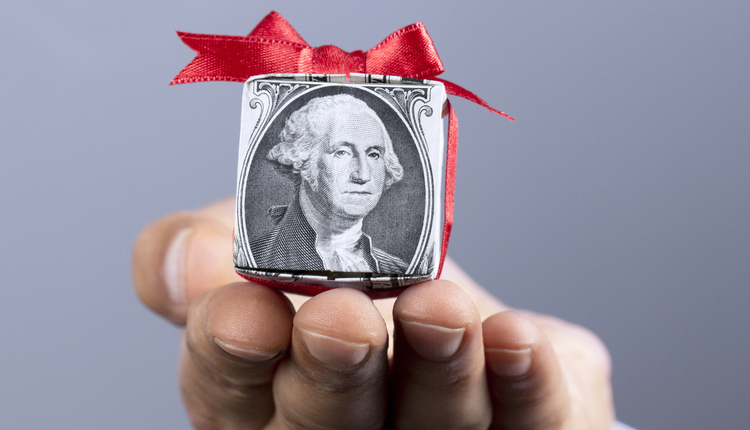
As a trainer, you typically think you have only three options for making more money. You can either 1) get more clients, 2) charge more or 3) cross-sell to your clients so each client ends up spending more on various products and services. While these three options aren’t incorrect, they are misleading. As a trainer you can’t take on infinitely more clients. There are only so many hours in a day, you don’t get more hours than anyone else; you may just be working more of them than other people do.
What we can learn from hotel profit metrics
The hotel industry uses three key metrics to understand true profit and make informed decisions on how to maximize those profits. They are: occupancy, average daily rate and RevPAR or Revenue per Available Room.
Occupancy
This refers to how full the hotel is. They only have so many rooms—like your hours in a day. A hotel wants to be full, however if they were 100% occupied but each room was sold at $1 that doesn’t profit the hotel.
ADR (Average Daily Rate)
Not all rooms are equal. Some have 2 twins, others king beds while other rooms are the presidential suite. Each has a different rate; now add in coupons and other discounted rates they offer. Looking at the average helps throw out the outliers so you have a better understanding of what’s really happening. For example, you might have one room sold for $1000 and all the others are sold for $1. If you only looked at that one room, you might be led to believe life was good. Looking at the average however shows the real picture.
RevPAR (Revenue per Available Room)
This might just be the most important metric used. Simply put
RevPAR = % Occupancy x ADR
By multiplying both occupancy and ADR you get the real revenue per room. The ideal is to find a sweet spot for both occupancy and ADR. High numbers in one but not the other will not yield maximal profit. By knowing and tracking these numbers the hotel can make informed decisions on how best to maximize profit by making those decisions that will most affect their RevPAR.
Example: If your occupancy is 70% and your average daily rate is $100 your RevPAR is 70. Meaning your average revenue per room is $70, after all you still have all those unused rooms you have to pay for.
0.70 x 100 = 70
The personal trainers’ metrics
I recommend altering the hotel metrics slightly for your business.
Choose your occupancy or capacity. Just because there are 24 hours in a day you can’t nor should train during all of them. Look at what you can realistically do without going insane. Set that number and that will be your 100% capacity. I recommend using contact hours-or hours you are actually working with clients. So if you’ve decided that you can’t have any more than 35 contact hours in a week and you just finished the week at 20 hours you are 57% occupied or 57% ‘full.’
Contact hours / max capacity = % Occupancy
20 hours / 35 max = 57%
Calculate your average weekly rate, rather than daily rate. This will account for varying schedules. We’ve all pulled those 10-12 hour contact days. You can’t do that every day, but that might just be the schedule for the day. This calculation is done by looking at your weekly gross revenue and dividing by the contact hours worked.
AWR = Weekly Gross Revenue / Contact hours
If you worked 20 contact hours for the week and made $1850 your AWR would be $92.5
1,850 / 20 = $92.50
Calculate your RevPAH (Revenue per Available Hour) by multiplying your AWR and percent occupancy or capacity. Using the numbers from above it would look like this.
0.57 (occupancy) x $92.50 (AWR) = $52.73 RevPAH
In other words, you are making $52.73 an hour ON AVERAGE.
Make decisions. As you calculated your average weekly revenue you may have noticed that there were some more profitable hours than others. It might include groups, buddy sessions or 30-minute sessions. It could be anything. Also, on the other side you may realize that some of your clients only see you once a week for a 60-minute session. If they came in a group, or for 30-minute sessions they could come more frequently which will help them see better results (and in some cases saves them money) and they would pay the rates you charge for those services all without having to tell them their regular rates are increasing and to also come more often.
Knowing what your AWR (Ave Weekly Rate), Capacity and RevPAH (Revenue per Available Hour) will help you make financial decisions about your business. Should you offer more classes? Is it really worth it to work 40+ contact hours/week? By using these metrics to track your profitability you can also easily find ways to increase your average hourly rate, become busier and potentially save your clients money. Whether your clients start training with you more, or you change the type of session (groups, buddy, etc.) you can quickly start seeing an upward trend in your RevPAH. Remember, profitability comes not from just being booked or having a few ‘high-roller’ clients but from your RevPAH. “What gets measured gets improved.”












